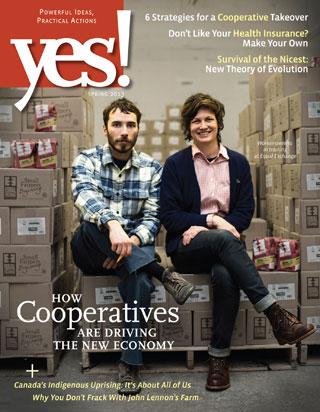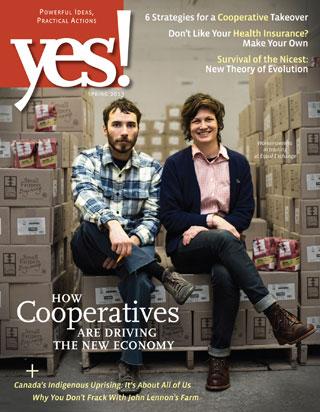In a recent article in YES! Magazine –— whose Spring 2013 issue is centered on cooperatives in the new economy — author Amy Dean looks at how the United Steelworkers (USW) union is aiming to use employee-run businesses to create new, middle-class jobs to replace union work that has shifted overseas. Union co-ops differ from other worker-owned co-ops in that they allow worker-owners to appoint a management team and then bargain collectively with management. Citing the Evergreen Cooperatives as a model, USW has started pilot cooperative organizing efforts in Pennsylvania and Ohio, including the Pittsburgh Clean and Green Laundry Cooperative and the Cincinnati Union Cooperative Initiative. The latter already has one co-op up and running — an urban food hub enterprise called Our Harvest.





